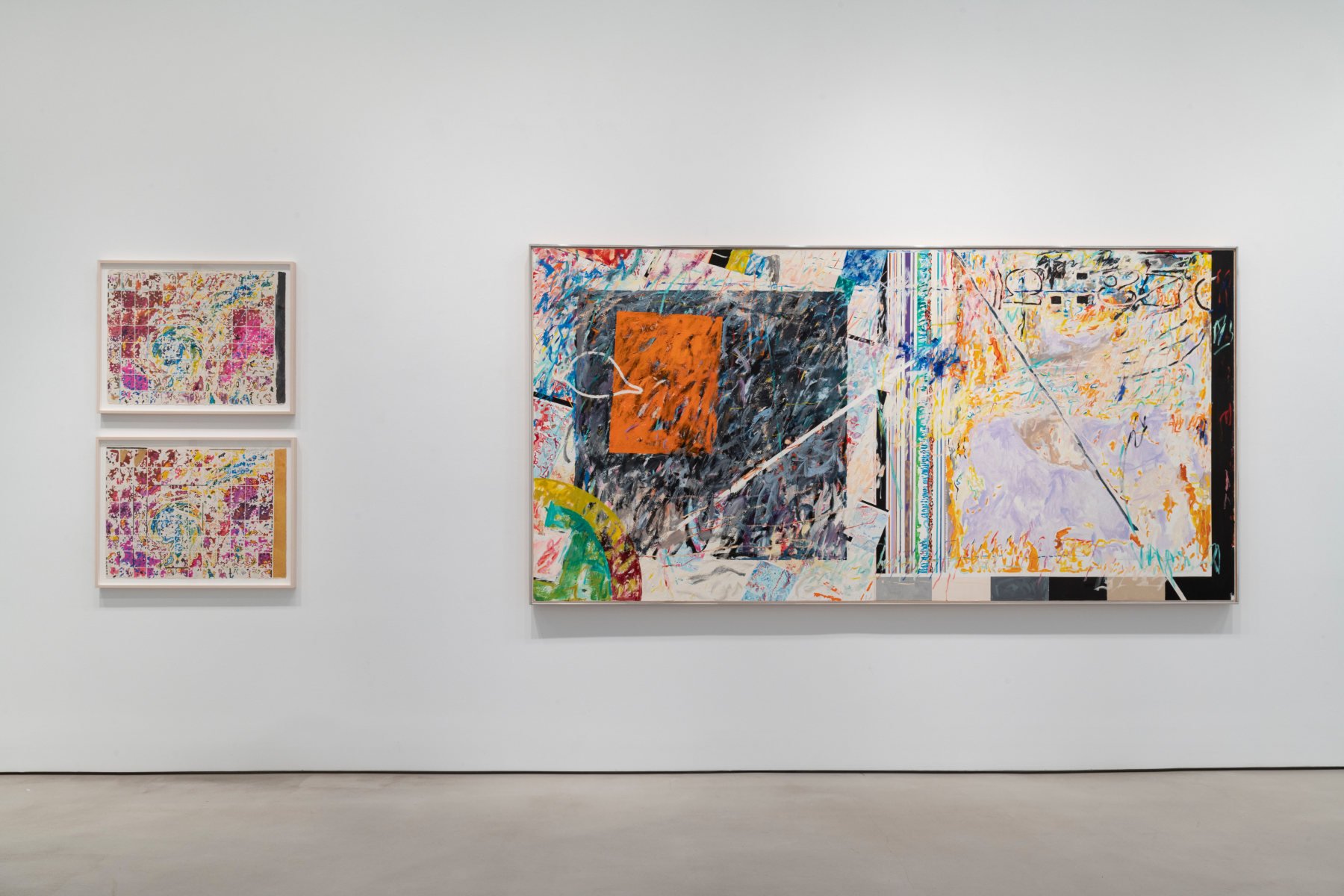The Groove Issue 116 - How to Stand Out In a Saturated World
HOW TO STAND OUT IN A SATURATED WORLD
How do you stand out in such a busy, saturated, noisy world? If you keep doing what you’ve always been doing, you will continue getting the same results. Moreover, the space for growth is nonexistent.
We are living in times that demand a whole lot more from you, me, and everyone else. This requires a constant reorganization and reinvention of our thoughts and actions.
If you believe that creativity is the path to problem-solving, expansion, and breakthrough results, then you know that you must constantly challenge your own way of thinking and the way you do things.
But that’s easier said than done.
That sensation of being stuck is, in fact, generated by an unwillingness to break predictable patterns of thinking and behavior. I say “unwillingness” because nobody, barring a severe mental or physical disease, is truly incapable of seeing things differently and acting on those ideas. Here are two intertwined thoughts to ponder:
Break Your Own Patterns
Nancy Graves in her studio in SoHo, New York, in 1980.
The first thing required to get your work noticed is wanting to change your thinking patterns. The world rewards uniqueness of thought. It always has.
While it is perfectly human to feel fear, self-doubt, and anxiety at the prospect of shattering your tried-and-true methods, greatness and quantum leaps have never come from the same old story you tell others and yourself.
In 1969, when pop art was the cause celebre in the United States, 29-year-old Nancy Graves was the youngest artist to have ever gotten a solo show at the Whitney Museum, presenting a series of sculptures that recalled archaeology and the natural sciences. That was a very big deal. Her exhibit consisted of three realistic camels made of a variety of materials, including fur, wax, wood, canvas, and burlap. Talk about standing out!
Some of Nancy Graves’s Camels shown at the Whitney are now in the permanent collection of the Gallery of Ottawa, Canada.
But this weirdness, this exceptionally different point of view, is what captured the attention of the art world when everybody else was painting or printing everyday objects or cartoonish figures.
While Graves had a traditional upbringing and attended Vassar and Yale, in an interview in 1981, she said that much of her career was spent rejecting traditional constraints within the art community in the sixties and beyond.
She was breaking her own patterns and the expectations of others. “It seems to me the only way to do that is to find another structure, another way of thinking, which doesn't allow for Western rationality.”
Take Expeditions Outside of Your World
Graves’s works from the early 1970s focusing on her increasing fascination with maps, especially with satellite imagery of the Earth, Moon and Mars.
It’s great to be an expert, or to master an area, until you begin developing blind spots or your projects start losing their allure and the attention they need to continue succeeding. The antidote to that is to travel, figuratively and sometimes literally, outside your world.
Painting, sculpture, installations, printmaking and film were all mediums in Graves’s repertoire. She always pushed her boundaries by immersing herself in the study of different worlds and bringing them to her work. Paleontology, zoology, anthropology, biology, aerial landscapes, NASA and outer space were some of the topics she delved into with thoroughness and rigor.
Graves wasn’t just sitting in her studio. She traveled to places around the world, went to natural history museums, and met with scientists. She was taking expeditions far outside of her surroundings to spaces that really excited her. I think that is certainly possible for you too.
Is everyone in your industry doing the same thing? Have you been churning the same type of work using the same methods for a long time?
Consider brainstorming 10 different ways to carry out a task or to solve a problem. Add all the outlandish ones too. Then go on with your life and come back to the list a few hours later and add 10 more. Out of the 20, pick the best one, one that’s truly different and will stretch you and surprise others. It also needs to be feasible enough so you can start carrying it out right away and stick with it for at least two weeks.
And if you don’t love your first choice, follow Graves’s advice and be prolific with your options: ''If you want to try one thing, and it doesn't work, you have five or seven ways to go... what I try to do is keep refreshing myself.''
UNLEASH YOUR CREATIVE GENIUS
I’ve put together a free webinar for those of you who are not members of my online course, Jumpstart.
If you’d like to watch it, please register here (it’s on auto-repeat every 15 minutes once you have registered).
HOW CREATIVITY RULES THE WORLD
My book was chosen by the Next Big Idea Club as one of the top books of creativity of 2022!
Have you gotten yours yet?
It’s in three formats: hardcover, eBook and audiobook.
TEDX TALK
Have you already watched my TEDx Talk: “NFTs, Graffiti and Sedition: How Artists Invent The Future”?
I share three lessons I have learned from artists that always work for anyone in their careers. Watch it here.



